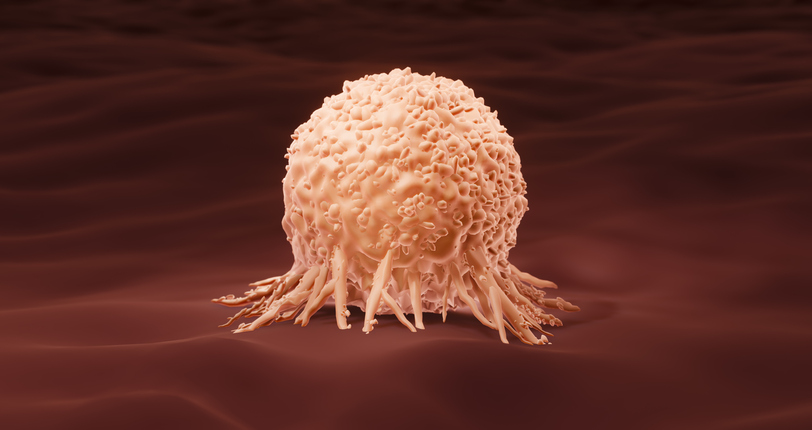Targeted cancer drugs are widely used because of their ability to inhibit specific proteins involved in cancer development with fewer side effects compared to chemotherapy drugs. But targeted therapies can often inhibit other unknown proteins. In a new study, Moffitt Cancer Center researchers demonstrate that the ROS1 inhibitor lorlatinib has activity against an additional protein called PYK2.
Their findings are published in Cell Chemical Biology in an article titled, “Differential network analysis of ROS1 inhibitors reveals lorlatinib polypharmacology through co-targeting PYK2.” The team also revealed the mechanisms of this inhibition.
“Drugs with polypharmacology mechanisms, meaning agents that target multiple functionally relevant proteins, may have the potential to effectively overcome drug resistance, improve anticancer activity of single-targeted inhibitors, and produce a more durable patient response and remission,” said Uwe Rix, PhD, lead study author and senior member of the department of drug discovery at Moffitt.
The team of Moffitt researchers wanted to determine whether cancer drugs that target the protein ROS1 in non-small cell lung cancer have additional hidden targets. They performed their studies in cancer models that were driven by the cancer-promoting properties of the oncogenic ROS1 protein; therefore, they needed to develop an investigative platform that would be able to identify any potential additional targets that might be hidden by the dominant properties of ROS1.
The team performed additional laboratory experiments and found that lorlatinib also targets the protein PYK2. Their findings suggested that inhibition of ROS1, PYK2, and SRC in combination would have greater anticancer effects than either agent alone.
Further studies confirmed that drug combinations targeting each protein resulted in enhanced cancer cell death and reduced cell survival than either agent alone.
The researchers hope these results and their investigative platform will lead to a better understanding of the mechanisms of action of lorlatinib and the development of drug combinations with improved clinical activity.


